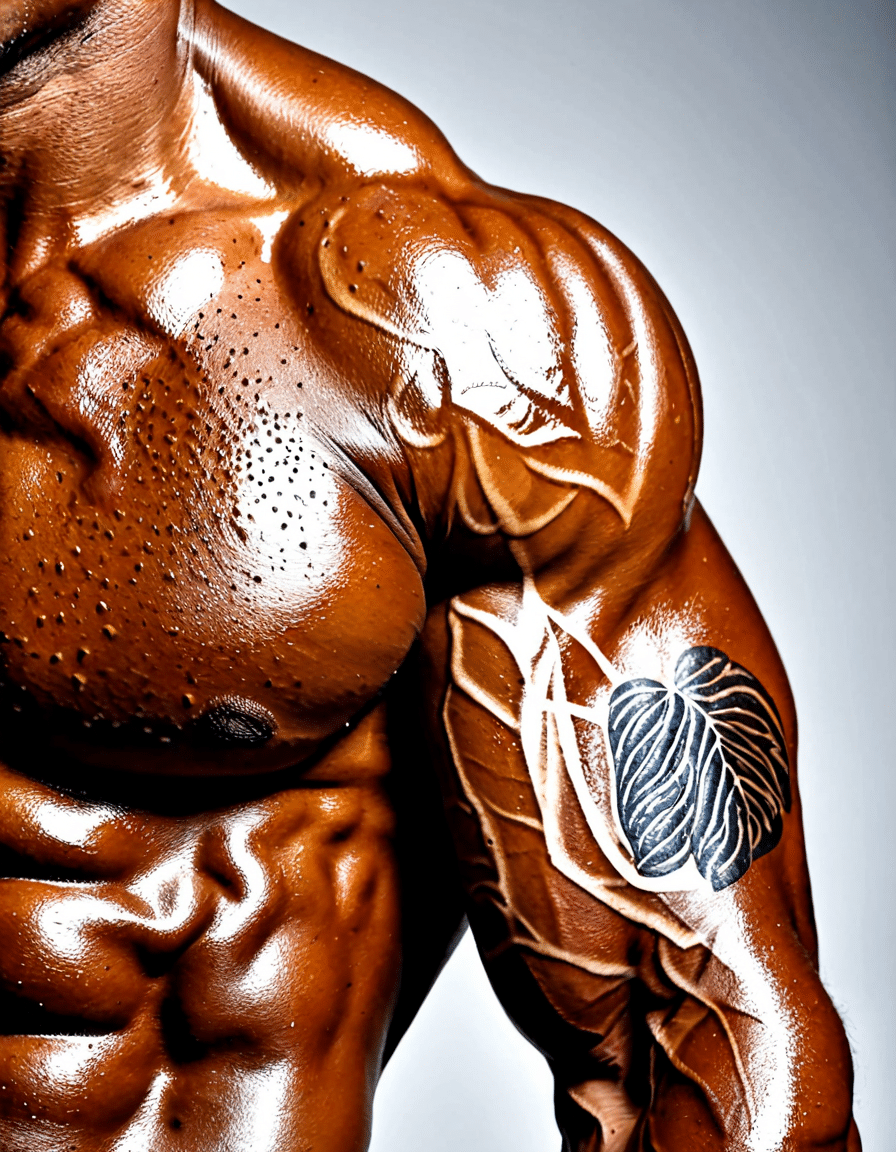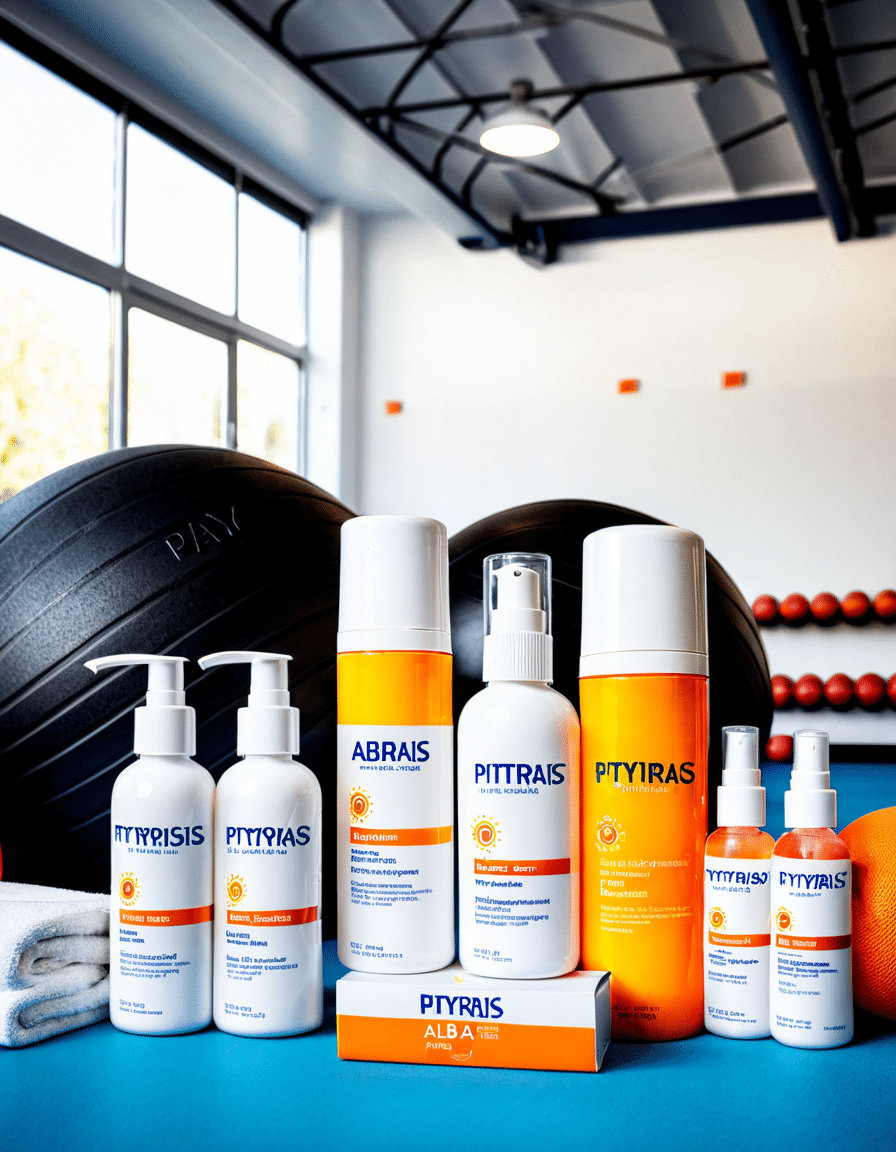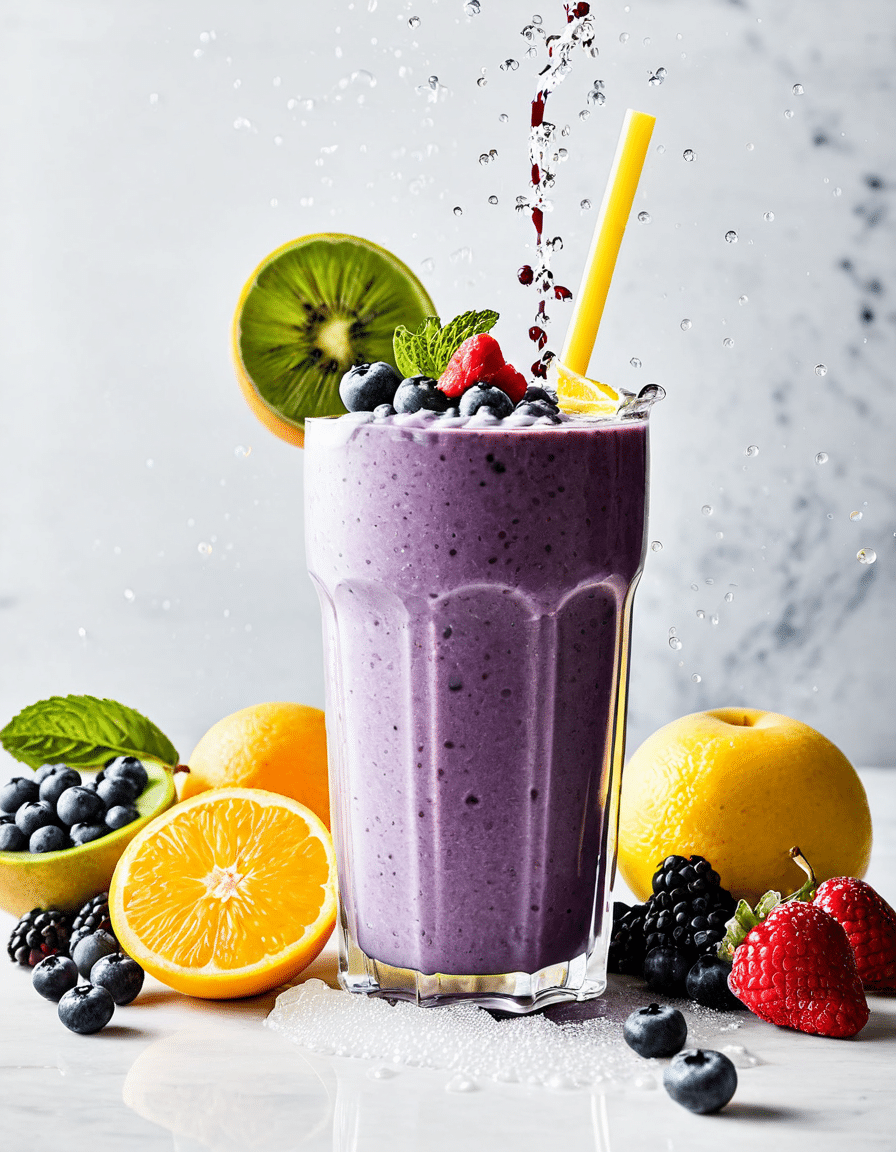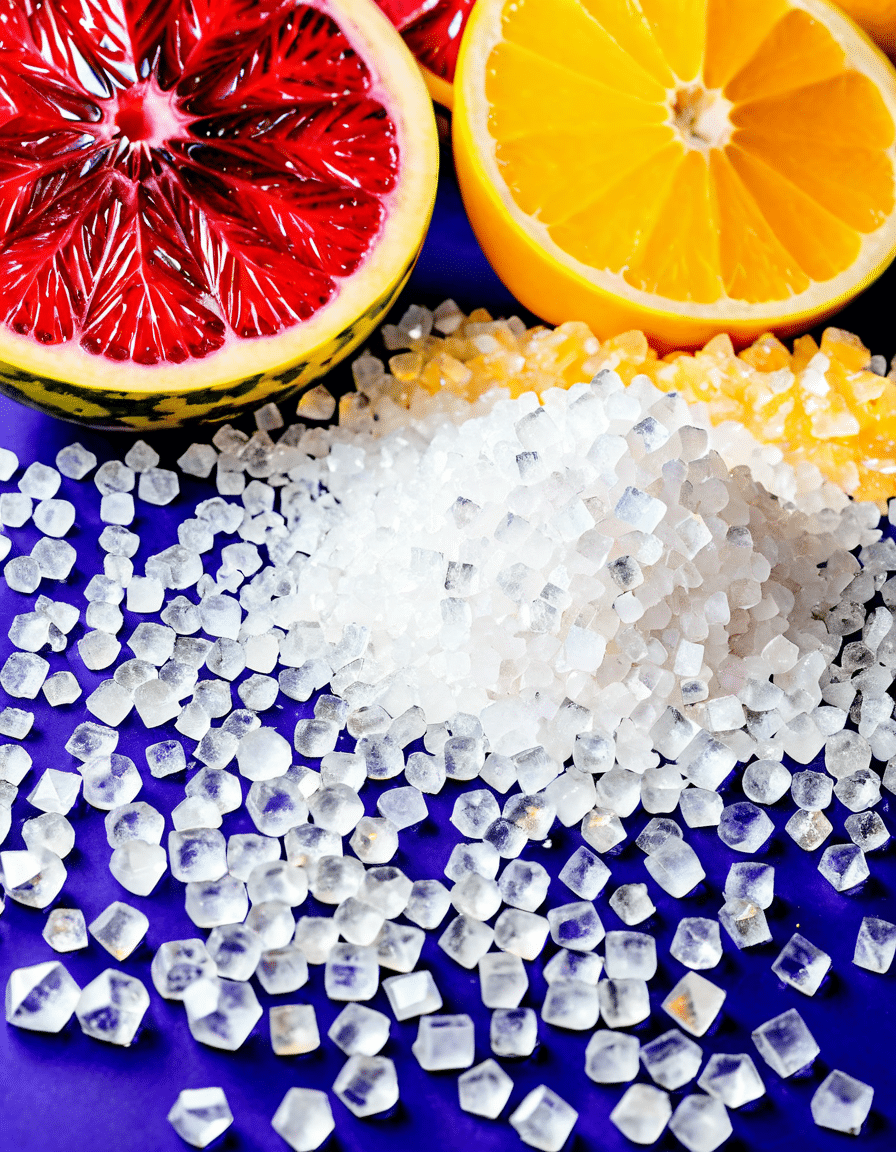When it comes to skin health, many folks experience a variety of conditions that can impact their confidence and comfort. One such condition is pityriasis alba, a common skin issue that often pops up in children and adolescents. If you’ve noticed some pale patches on your skin or your kid’s face, you might be dealing with this condition. Let’s dig into what pityriasis alba is all about, alongside its symptoms and the best treatments out there. Strap in, and let’s get you that healthier skin!

What is Pityriasis Alba?
Pityriasis alba is primarily characterized by hypopigmented patches—that’s a fancy way of saying lighter spots on the skin, usually showing up on the face, neck, and upper arms. While the exact cause isn’t fully understood, it’s often linked to eczema or generally dry skin. It tends to be more prevalent among those with darker skin tones and is common in humid climates. So, if you find yourself sweating under the sun, pityriasis alba may decide to crash the party.
Causes
Now, let’s take a closer look at the causes of pityriasis alba. Stress, allergies, or simply environmental factors can contribute to your skin drying out and turning patchy. It’s worth noting that if you have a history of eczema or sensitive skin, you might be more prone to developing this condition. Always pay attention to your skin’s health—it’s as important as pumping iron or sticking to your macros!
Demographics
Pityriasis alba might not play favorites, but it does have a reputation. It usually affects children, especially those between 3 and 16, and can stick around through adolescence. It’s crucial to catch the signs early and take action. What you don’t want is for pityriasis alba to linger longer than needed. After all, a fit and sculpted body deserves skin that looks its best!
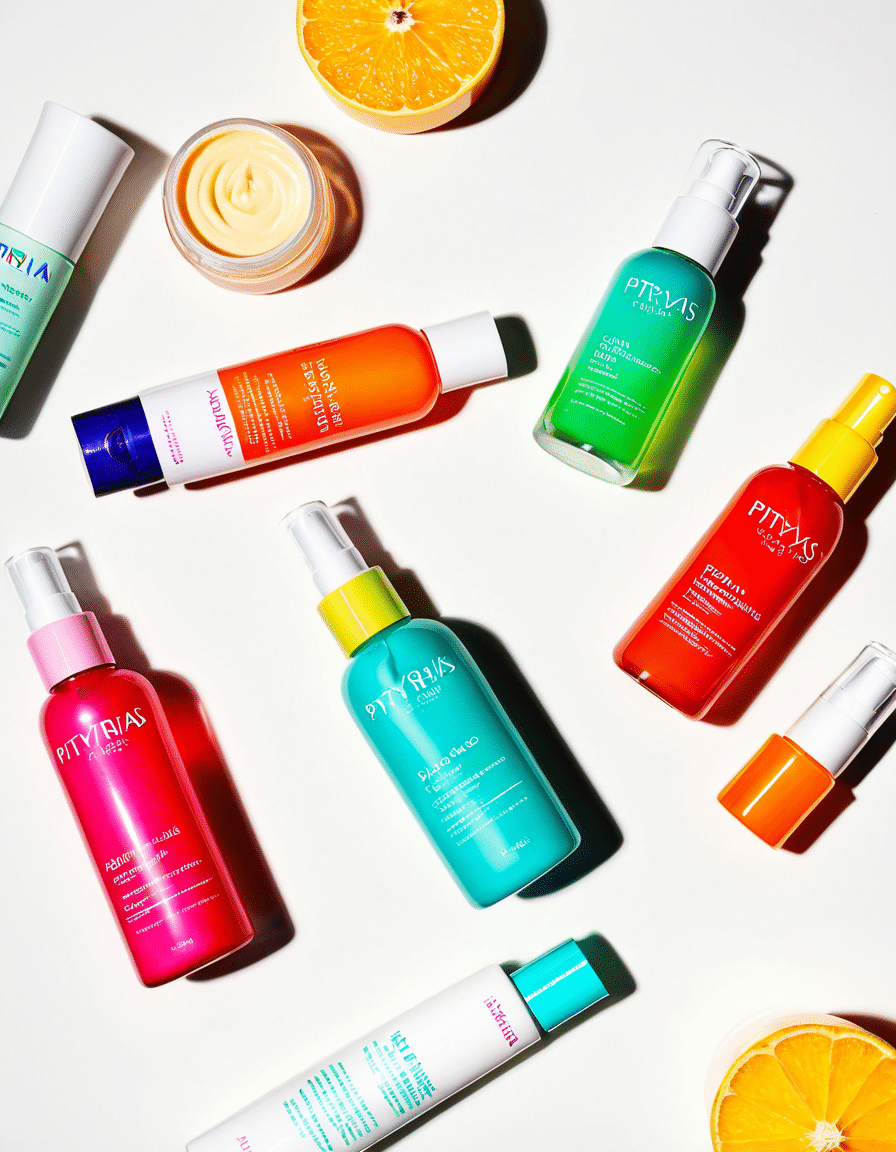
Key Symptoms of Pityriasis Alba
Knowing the symptoms is half the battle, folks! Here’s what you should look out for if you suspect pityriasis alba.
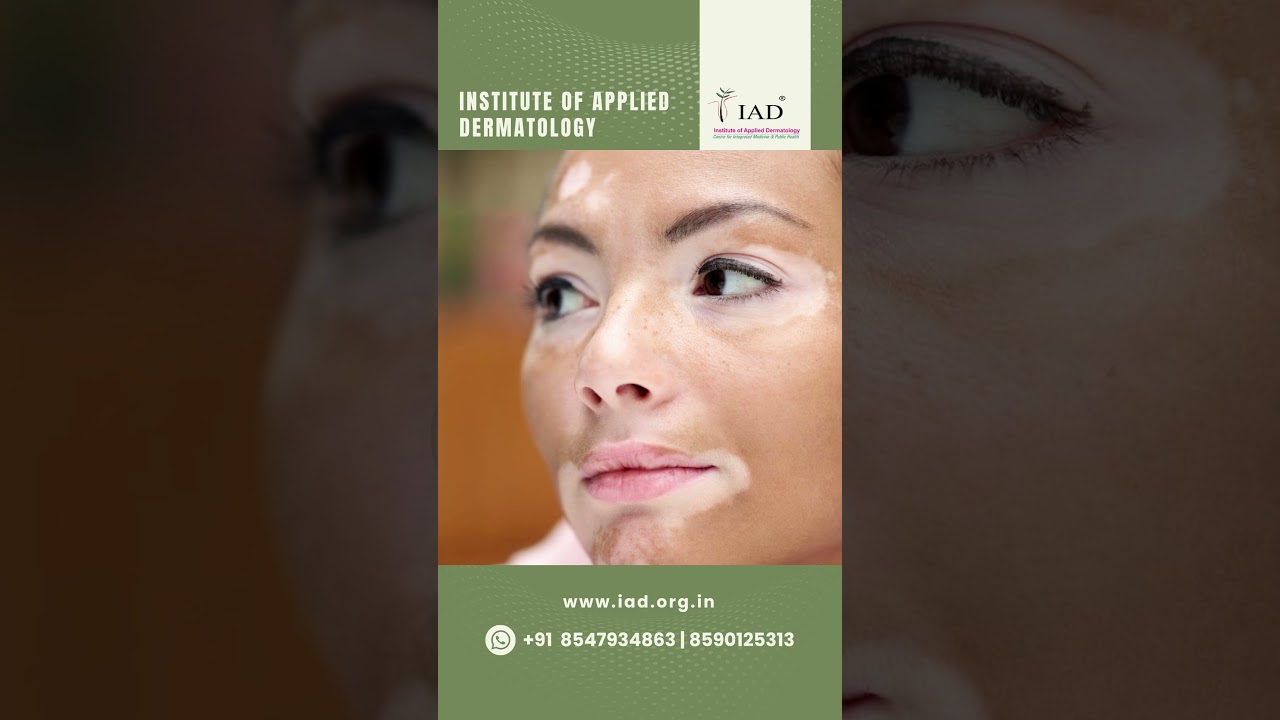
Top 5 Treatments for Pityriasis Alba
Dealing with pityriasis alba? You’re in luck! Here’s a list of the top five treatments that can bring back your skin’s glow.
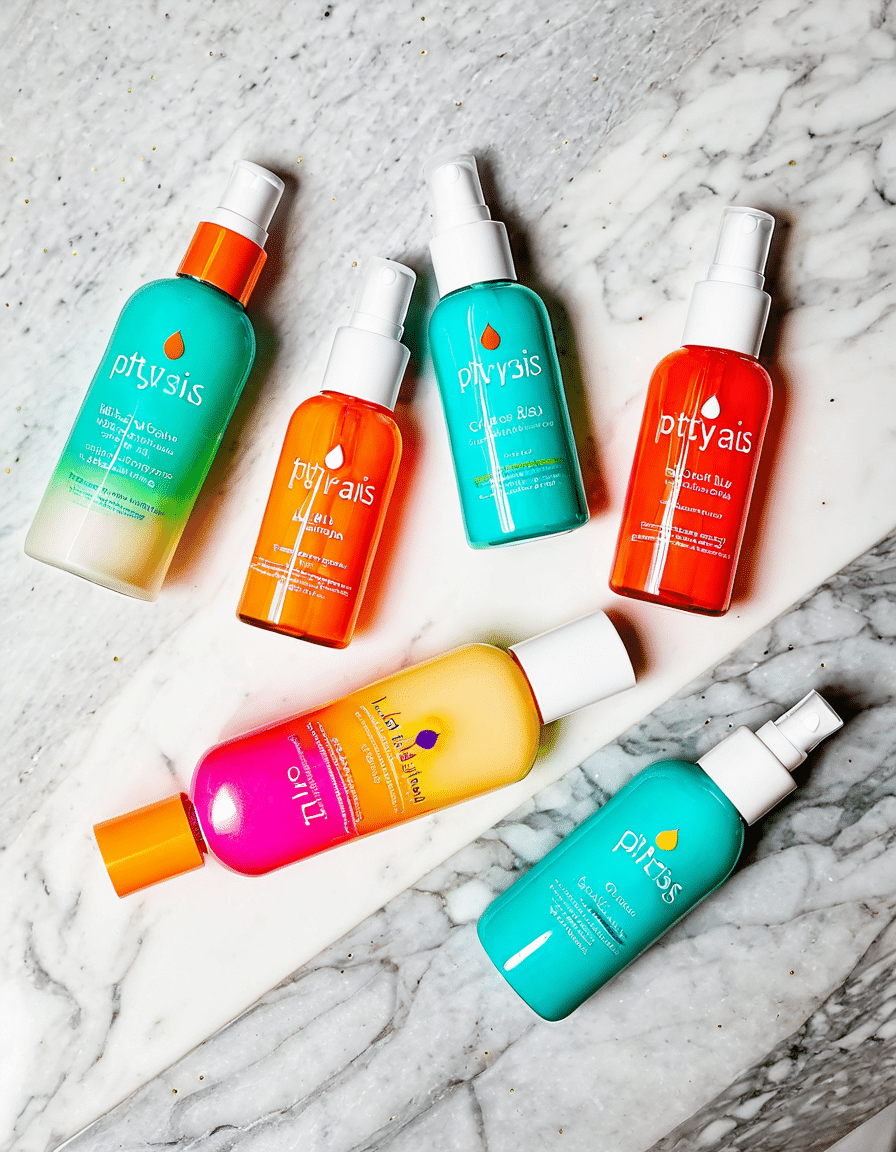
Lifestyle Adjustments for Managing Symptoms
The right approach to managing pityriasis alba isn’t solely about medication. It’s also about how you live.
Use of Humidifiers
Consider how dry environments can affect your skin. Using a humidifier in your bedroom can add moisture to the air, making it easier for your skin to stay hydrated. Not only will your skin thank you, but you’ll also breathe easier.
Sun Protection
While sunlight can help, overexposure can backfire. That’s why a good broad-spectrum sunscreen is key. Apply it religiously—especially if you’re outside exercising—so that you don’t end up causing more damage.
Dietary Considerations
What goes inside counts just as much as what goes on your skin! Stay hydrated by drinking plenty of water, and pay attention to your diet. Foods rich in Omega-3, like pumpkin seeds, might help support skin health. Keep your nutrition on track to fuel your fitness goals, while boosting skin vitality!
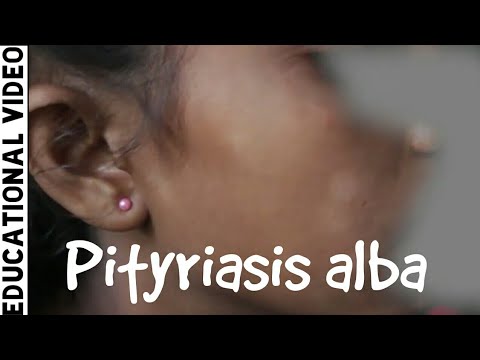
When to Seek Professional Help
Alright, it’s time for the serious talk. If your symptoms worsen, or you notice unexpected changes to your skin, it’s time to consult a pro. Dermatologists are experts that can assist in differentiating pityriasis alba from other similar conditions like vitiligo or seborrheic dermatitis.
Signals to Watch
Do not hesitate to reach out for help if emotional distress arises due to your skin’s appearance. Remember, skin health is part of your overall well-being. Seeking professional advice can lead to not only better skin but a better mindset.
Living with Pityriasis Alba: Personal Stories
Hearing from others can offer hope and strategies in dealing with pityriasis alba. If you look around, you’ll find many individuals who have got this condition under control.
Real-Life Testimonials
Many have dealt with the experience of pityriasis alba and come out stronger, gaining insights along the way. Sharing tips like using gentle cleansers and finding the right moisturizer can be tremendously helpful. Emotional hurdles are also a part of the journey for many, and seeing others succeed provides motivation.
Expert Opinions
Dermatologists emphasize that with the right treatments and lifestyle tweaks, you can seriously manage your skin’s health. It’s often about finding what suits you best, and keeping at it diligently. Consistency is key, whether it’s workouts or skin-care routines!
Final Thoughts: Embracing Skin Health
Your journey with pityriasis alba doesn’t have to be a lonely or difficult one. By understanding the symptoms, exploring effective treatments, and making lifestyle adjustments, you can take charge of your skin health. Embrace your skin and know that you can take steps toward self-acceptance and well-being.
Awareness, education, and sharing personal stories empower those affected to prioritize their skin health and gain the confidence needed to tackle life’s challenges head-on. So as you pursue that shredded body and strive for those ripped six-packs, don’t forget: healthy skin equals a happy life!
Embrace the grind, hit the gym, and remember—great skin is just as important as muscles. Let’s get out there and crush those fitness goals, all while taking care of our skin along the way!
Understanding Pityriasis Alba: Symptoms and Treatments You Should Know
What is Pityriasis Alba?
Pityriasis alba is a common skin condition, especially among children and adolescents, presenting as round, light-colored patches that can sometimes cause mild itchiness. While these spots often balance out with time, knowing how to manage and treat them can minimize skin-related anxiety. Interestingly, this condition is frequently mistaken for other skin issues, such as eczema. This misunderstanding can lead folks on a wild goose chase for answers, similar to asking, why Is My discharge yellow?—sometimes things aren’t what they seem!
Moreover, research suggests that environmental factors, such as sun exposure or certain skincare products, may also exacerbate the visibility of these patches. Folks tend to think that protective barriers like pasture-raised eggs can help maintain skin health, while omega-rich foods might contribute to a refreshed complexion. The real secret lies in a balanced skincare routine, aiming for hydration and gentle exfoliation—hands down, good habits pave the way for healthier skin!
Treatments and Home Remedies
When it comes to treating pityriasis alba, over-the-counter topical creams can be effective, especially those containing hydrocortisone or moisturizers. People often find that keeping skin hydrated minimizes the appearance of those pesky white patches. Curious how to spice up your diet while benefiting your skin? Pumpkin Seeds Benefits include high zinc levels, which promote skin healing. Who knew that munching on a handful could help boost your glow?
Incorporating good skincare knowledge is key. If you’ve ever wondered about the impact of certain allergens or irritants, focusing on minimizing exposure to harsh skincare products might just do the trick. While the results may not be instant, patience pays off—it’s like waiting for those happy Friends moments when everything finally clicks into place! Plus, remember that sun protection is a must; sunscreen acts like a trusty sidekick, helping to even out skin tone over time.
Fun Facts About Pityriasis Alba
Did you know that pityriasis alba isn’t a cause for concern? It doesn’t lead to any long-term skin issues. Many see this condition fade gradually, with lifestyle tweaks playing a crucial role. Think of it like the body giving a gentle nudge. In fact, those with orange urine might find their hydration habits impacting their skin more than they realize. It’s all interconnected! However, remember that if you’re ever unsure, seeking professional advice can be beneficial.
Wrap it all up with the knowledge that managing pityriasis alba is about connection and understanding. Connecting the dots between diet, skincare, and overall health is essential. Like preparing your favorite dish with a nut cracker, the right approach can make all the difference, leading to an easier experience. With a little know-how, embracing skin’s quirks and learning how they respond can turn the tables on your skincare journey!
